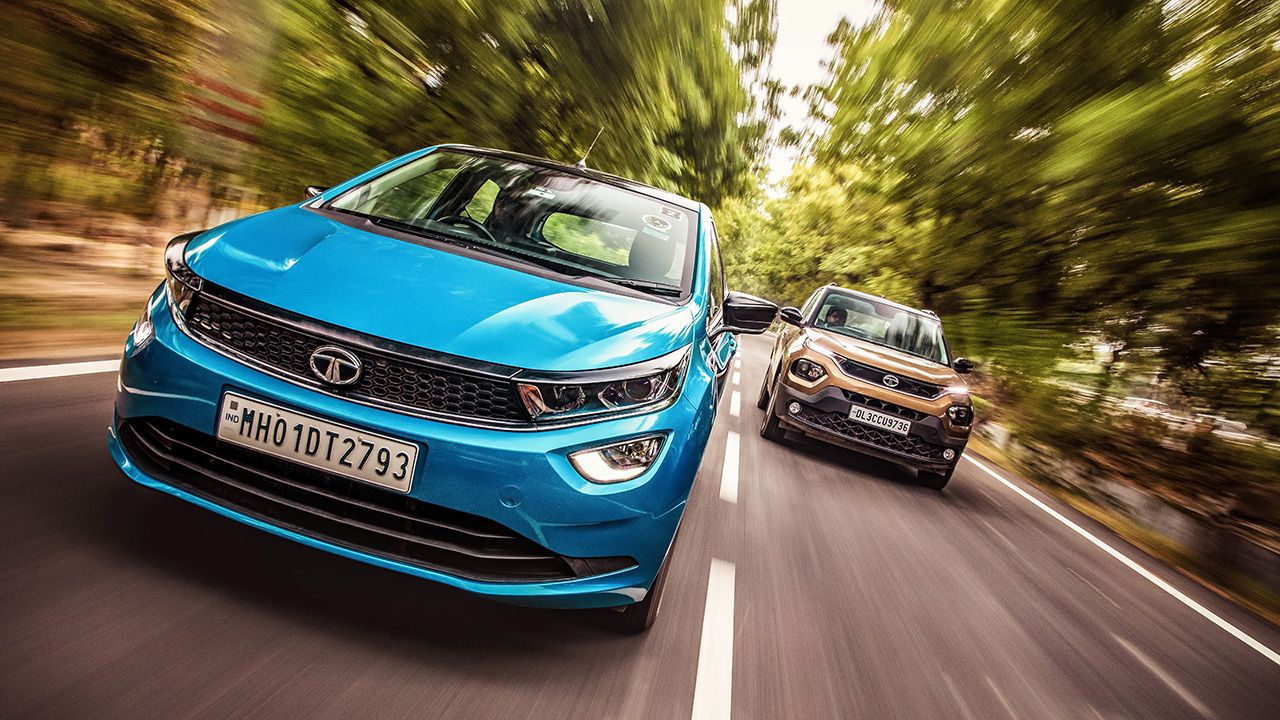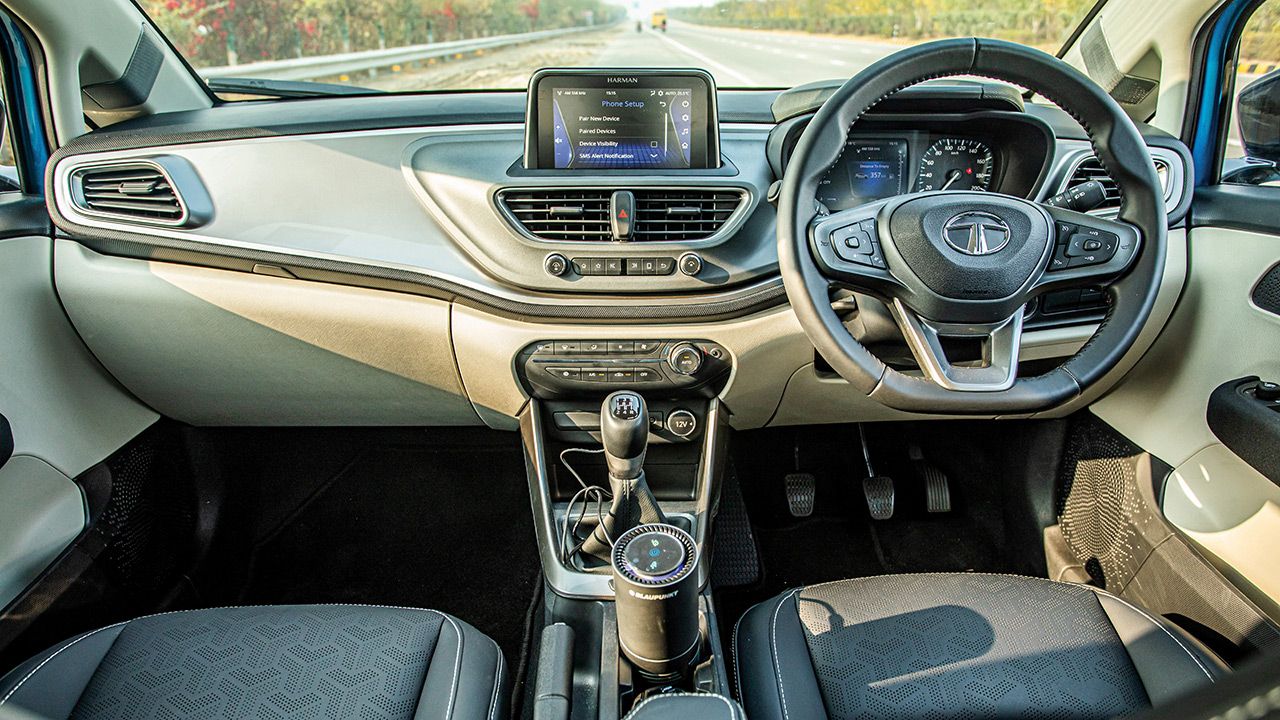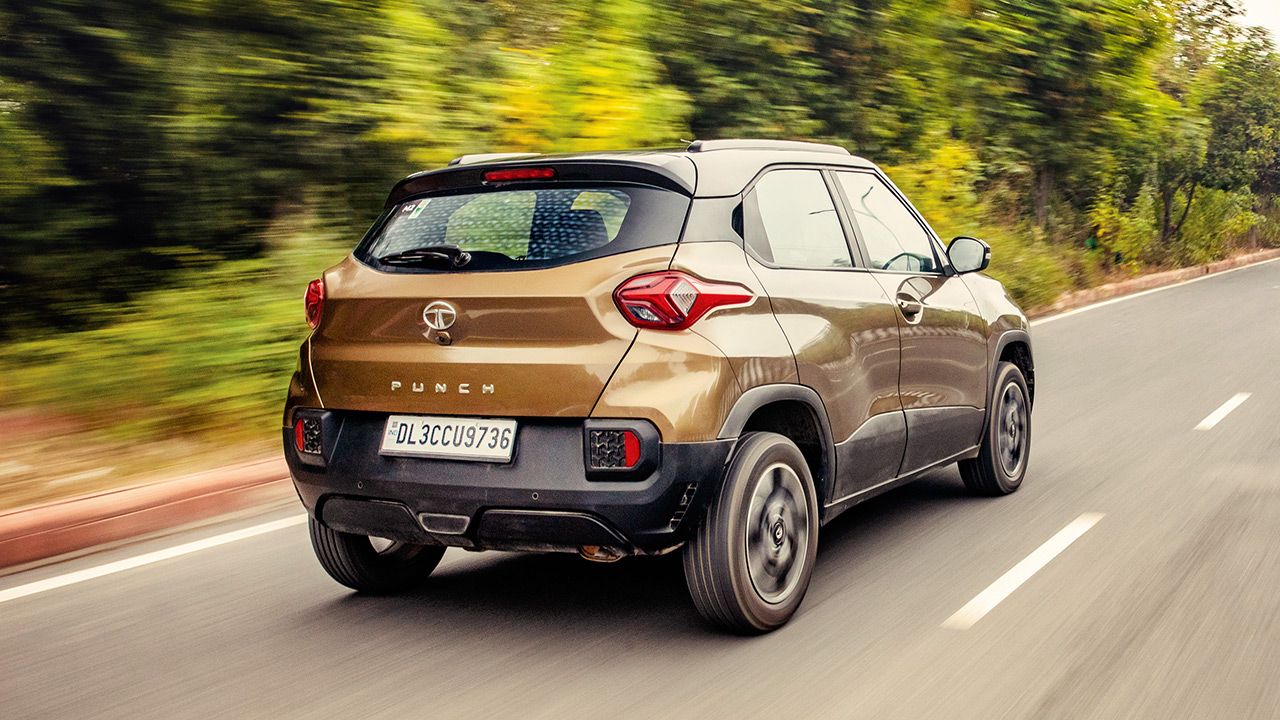
Tata Punch vs Altroz i-Turbo: Comparison Review
The Tata Punch and Altroz are a potent pair of siblings, but they’re also positioned too close to each other, meaning a sibling rivalry is in order. So, which one is superior? To find out, we pit the Punch against the mighty Altroz i-Turbo...

The Tata Punch and Altroz are a potent pair of siblings, but they’re also positioned too close to each other, meaning a sibling rivalry is in order. So, which one is superior?
When we drove the Punch right after its global unveil, we were taken by surprise, for here was a Tata that felt absolutely perfect. But when the time came to put a price on it, Tata decided to be a little optimistic and launched it at higher-than-expected prices. Of course, it didn’t deter car buyers, as the Punch’s monthly sales are quite strong. However, the pricing of Punch has brought it a little too close to its bigger, more premium, and more powerful sibling – the Altroz, especially its i-Turbo version.
Now, you may say that they belong to different segments – one is a jacked-up hatchback / micro-SUV, while the other is a premium hatch – so there’s a clear demarcation between the two. But imagine walking into a Tata showroom to buy the Punch only to find the more lucrative Altroz parked next to it, offering more bang for your buck in every single way. Choosing between the two can be a bit of a head-scratcher. And even for Tata, it’s a good problem to have, but it’s a problem nonetheless as Tata has produced two very potent siblings, which have ended up fighting amongst themselves for the same parking spot.
On paper, the Altroz has a clear edge over its smaller sibling. It only costs ₹40,000 – 50,000 more, and in exchange, you get a powerful turbo petrol motor, a more spacious and premium cabin, and a few more features.
But is that the case in reality too? Or does the Punch have an ace up its sleeve?
Brothers-in-arms
The Punch and Altroz are cut from the same cloth, meaning they’re based on the same ALFA-ARC platform. The Altroz is the longer (3,990mm vs 3,837mm) and wider (1,755mm vs 1,742mm) of the two, while the Punch is taller (1,615mm vs 1,523mm). In terms of appearance, both cars are stunning without a doubt. But while the Punch’s short overhangs and stubby rear make it hip-and-funky, the Altroz looks more mature and statelier, with its crisper lines. And, more importantly, there isn’t a bad angle to the Altroz, while the Punch looks odd when viewed directly from the rear. The top-end variants of both the cars come with projector headlamps and 16-inch alloy wheels.
If I had to pick one based solely on their design, I’d take the Altroz. Sure, the Punch looks good, and it has a bit of a mini-Harrier sort of vibe, but I honestly can’t find a single flaw in the Altroz’s design.
Inside, both the cars have a very similar layout – they’ve got similar dashboard design, and the 7.0-inch touchscreen infotainment is identical, as is the digital driver display. This also means that the touchscreen response isn’t as crisp as some of the rivals. In fact, it feels a little outdated.

In terms of features and equipment, the top-end variants on the test here are evenly matched. Apple CarPlay, Android Auto, rain-sensing wipers, auto headlamps, a rear parking camera, and more are on offer. You’ll find that the Altroz’s dash has physical buttons and knobs below the touchscreen and AC vents (in pictured), while the Punch doesn’t get any of those. But that was the case before, for these buttons have now been removed even from the Altroz. Having said that, the Altroz’s cabin definitely feels more premium – the leatherette seat, front armrest, rear AC vents, and slightly better quality plastics are some of the bits that give you the impression of sitting in a more premium car than the Punch.
Space-wise, the Altroz is undoubtedly roomier both at the front and rear. Back seat passengers will find the Altroz to be better, both in terms of comfort and sense of space (large windows, wider bench, etc.). Even though the Punch’s cabin feels a bit constricted in comparison, it has more headroom, and the visibility out is also better.

When it comes to ergonomics, the Punch feels better – everything falls to hand easily, and pedals and seats can be adjusted to a comfortable position quickly. The Altroz doesn’t feel as natural in this department. The Altroz’s boot is also smaller at 345 litres, in comparison to the Punch’s 366 litres.
Power Tussle
The Punch’s 1.2-litre 3-cylinder petrol engine is the same that’s offered with the regular Altroz. With just 85bhp and 113Nm on offer, it gets you up to speed in a relaxed and fuss-free manner. At idle, it’s more refined than the Altroz’s 3-pot turbo. Even when the revs build, it masks the typical three-cylinder thrum better than its bigger sibling. However, in terms of performance, it’s just about adequate, and with load (three passengers and luggage), it struggles to build momentum from low speeds.
The Punch is available in both manual and AMT versions. The one we had on test this time was the manual version, which is also our pick of the two. The shifts are precise, and the drivetrain, combined with a light clutch, is effortless for daily driving.

When Tata finally blessed the Altroz with a turbo-petrol motor, we expected it to turn into a hot hatch of sorts. Sadly, that’s not the case. The 1.2-litre engine definitely offers more performance over the Punch’s naturally-aspirated motor, but it’s nowhere near as exciting as any of the rivals. That being said, it’s much quicker than the Punch, as it did 0 – 100km/h sprint in 12.2 seconds during our acceleration run (on a damp road), while the Punch took nearly four seconds more to do the same (16.1 seconds). But still, it doesn’t feel thrilling.
The power delivery is smooth and linear, but, dare I say, it feels slow. The engine pulls effortlessly at city speeds, but it’s not exciting like a turbo-petrol should be. It’s also got this odd thing going on at higher rpm where there’s a sudden surge after 4,000 – 4,500rpm. Weirdly, the engine develops its peak power output at 5,500rpm, which is also when the limiter cuts in. All things aside, though, the engine has more than adequate performance for daily city runs as well as for the highway. The Altroz i-Turbo is only available with a 5-speed manual gearbox at the moment, and the gearbox is as good and smooth-shifting as the Punch’s transmission.
When it comes to the ride-and-handling department, it’s the Punch that, surprisingly, stamps authority. It absorbs bumps and undulations on the road in a more mature and big-SUV-like manner. The Altroz is equally good, but the suspension is noisier over sharp bumps, especially at low speeds.

Now, you may expect the low-slung Altroz to fare better when the going gets twisty, but again it’s the Punch that feels superior. The Punch’s steering is more direct and linear, while the Altroz’s unit feels vague and inconsistent. In fact, when we had both these cars at our annual track day, it was the Punch that despite having a meek motor lapped the short-loop of the BIC quicker than the Altroz i-Turbo by 0.2s. And since we’re on the topic of grip and adhesion, it’s worth mentioning that the Apollo Alnac tyres on the Punch feel superior to the MRF EcoTread rubber on the Altroz.
Verdict
Personally, I’d pick the Punch over the Altroz. Sure, it doesn’t have enough firepower, but then it is a more rounded product. The Altroz, on the other hand, offers better value for your money and is more spacious. Plus, it gets more goodies. However, if you talk about the fundamentals, the Punch does everything a bit better.
Long story short, whichever car you choose, it’s a win-win for Tata.

Read more:
Engine: 1,199cc / 3-Cylinder
Fuel: Petrol
Transmission: 5-Speed Manual / Front-Wheel Drive
Power: 85bhp @ 6,000rpm
Torque: 113Nm @ 3,300rpm
Price: ₹8.79 Lakh (Ex-Showroom)
X-Factor: SUV-like design, effortless drivetrain, balanced ride-and-handling, and a refined powertrain make the Punch perfect in every way.
|
Pros |
Cons |























Write your Comment on